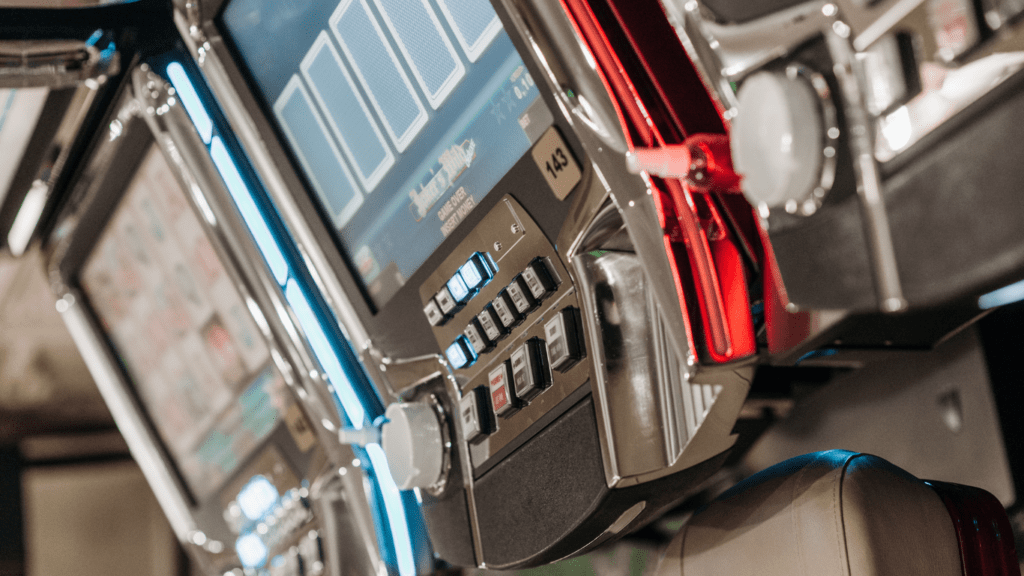Understanding Classic Slots
Classic slots embody the traditional casino experience with their simplicity and nostalgia. Typically having three reels, these slots focus on straightforward gameplay.
Features and Gameplay
Classic slots boast a simple design, often showcasing symbols like fruits and sevens. Most include a single payline, though some offer a few more, enhancing the odds slightly. Bonus features are rare, emphasizing pure play without complex distractions. Sound effects resemble those of land-based machines, further enhancing the nostalgic feel.
Payout Structure
Payouts in classic slots are steady and predictable, offering a consistent return to the player. Most classic slots have fixed jackpots, achievable with specific symbol combinations on the payline. With a higher RTP (Return to Player) than progressives, classic slots provide more frequent but smaller wins, appealing to players preferring stability over risk.
Exploring Progressive Slots

Progressive slots bring the excitement of possibly winning life-changing amounts. These machines connect across networks to contribute to a growing jackpot.
Features and Gameplay
In exploring progressive slots, I notice several distinct features. They differ from classic slots with their five or more reels and video animations. Players encounter a variety of bonus rounds and special symbols, like:
- wilds
- scatters
enhancing the engagement. The standout feature is the progressive jackpot itself, which grows as players bet. Participation often requires a maximum bet, potentially increasing risk but offering alluring rewards.
Payout Mechanism
- The payout mechanism in progressive slots centers on accumulated jackpots.
- Though regular wins might be less frequent, the potential for a massive payoff exists due to the combined contributions from multiple machines.
- Notably, the Return to Player (RTP) percentage tends to be lower compared to classic slots.
- This structure supports large jackpots but requires a higher volume of player contributions.
Comparing Payouts
Understanding the payouts of both classic and progressive slots clarifies which might align better with certain gaming strategies. Each slot type offers distinct winning patterns and potential rewards.
Frequency of Wins
Classic slots offer more frequent wins due to their higher RTP and simpler structure. These wins, though smaller, provide consistent returns that appeal to those valuing steady payouts. Classic slots’ fixed jackpots guarantee predictable earnings, making them a favorite for risk-averse players.
Conversely, progressive slots provide less frequent wins. Their primary focus is the accumulated jackpot, which results in lower regular payouts. To benefit from progressive slots, players typically need to wait longer between wins, making it less suitable for those seeking immediate returns.
Jackpot Potential
While classic slots provide fixed jackpots, progressive slots excel in offering massive, life-changing rewards. Progressive jackpots grow with each spin across connected machines, creating substantial prize pools. However, only those placing maximum bets can qualify for these large payouts, emphasizing the high-risk, high-reward nature of this slot type.
In classic slots, jackpots remain the same each play, offering security over unpredictability. Though unlikely to reach progressive scales, their consistent nature attracts players who prefer assurance over possibility.
Exploring these payout structures can guide players in aligning their slot preferences with their financial strategies and risk tolerance.

 Audrey Chapple played a pivotal role in shaping Wild Gamble Greed, contributing her expertise to the platform’s strategic direction and content development. With a keen understanding of the high-stakes gambling world, she ensured that every resource provided valuable insights tailored to the needs of serious players. Audrey’s dedication to promoting responsible gambling and enhancing user engagement has significantly enriched the platform’s offerings.
Audrey Chapple played a pivotal role in shaping Wild Gamble Greed, contributing her expertise to the platform’s strategic direction and content development. With a keen understanding of the high-stakes gambling world, she ensured that every resource provided valuable insights tailored to the needs of serious players. Audrey’s dedication to promoting responsible gambling and enhancing user engagement has significantly enriched the platform’s offerings.